हमारे महापुरुष - अंक 03: Madhavrao Sadashivrao Golwalkar: The Visionary Leader of RSS and Architect of Modern Hindutva
In 1940, when Hedgewar was seriously ill, he handed over a piece of paper to Golwalkar, on which he had written that Golwalkar should lead the organisation. Thirteen days after Hedgewar"s demise, a meeting of the top RSS leaders was held in Nagpur, where Hedgewar"s wish was publicly announced, and the 34-year-old Golwalkar was made the second Sarsanghchalak of the RSS.
Total Views |
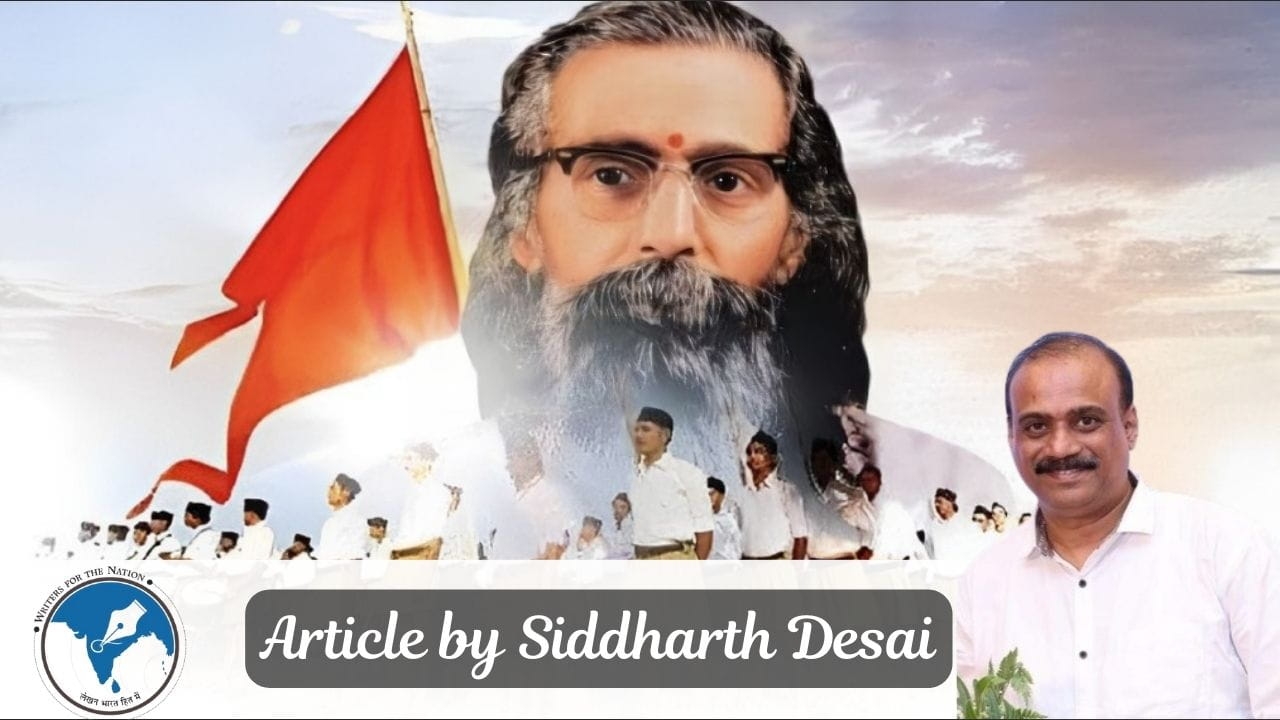
Madhavrao Sadashivrao Golwalkar, known as 'Guruji,' was the second Sarsanghchalak (supreme leader) of the Rashtriya Swayamsevak Sangh (RSS). He was a skilled leader, visionary, excellent organiser, deeply devoted to the country and its people, and a great thinker with multifaceted talents.
Golwalkar revered the motherland immensely and perceived divinity in every part of the nation's soil. Throughout his life, he inspired the youth to gain knowledge and emphasised the importance of education. He had deep faith in religious scriptures and the vast Hindu philosophy, evident in his significant contributions across many domains.
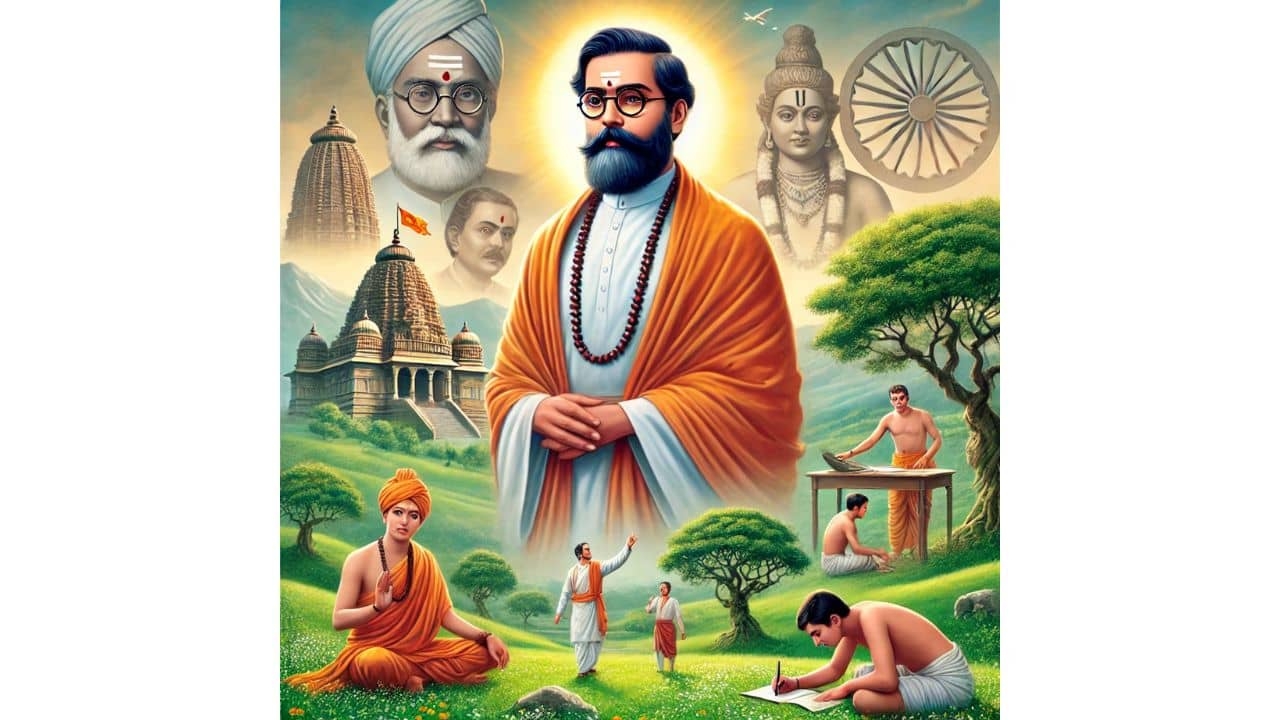
As the second Sarsanghchalak of the RSS, Golwalkar continuously worked towards uplifting the nation and protecting Hindutva. He forged a new definition of the national ideology.
To some extent, Golwalkar, popularly known as 'Guruji,' adopted Vinayak Damodar Savarkar's principles of Hindutva and Hindu Rashtra in his conceptualization of nationalism and Hindutva. However, he also differed with Savarkar on several issues.
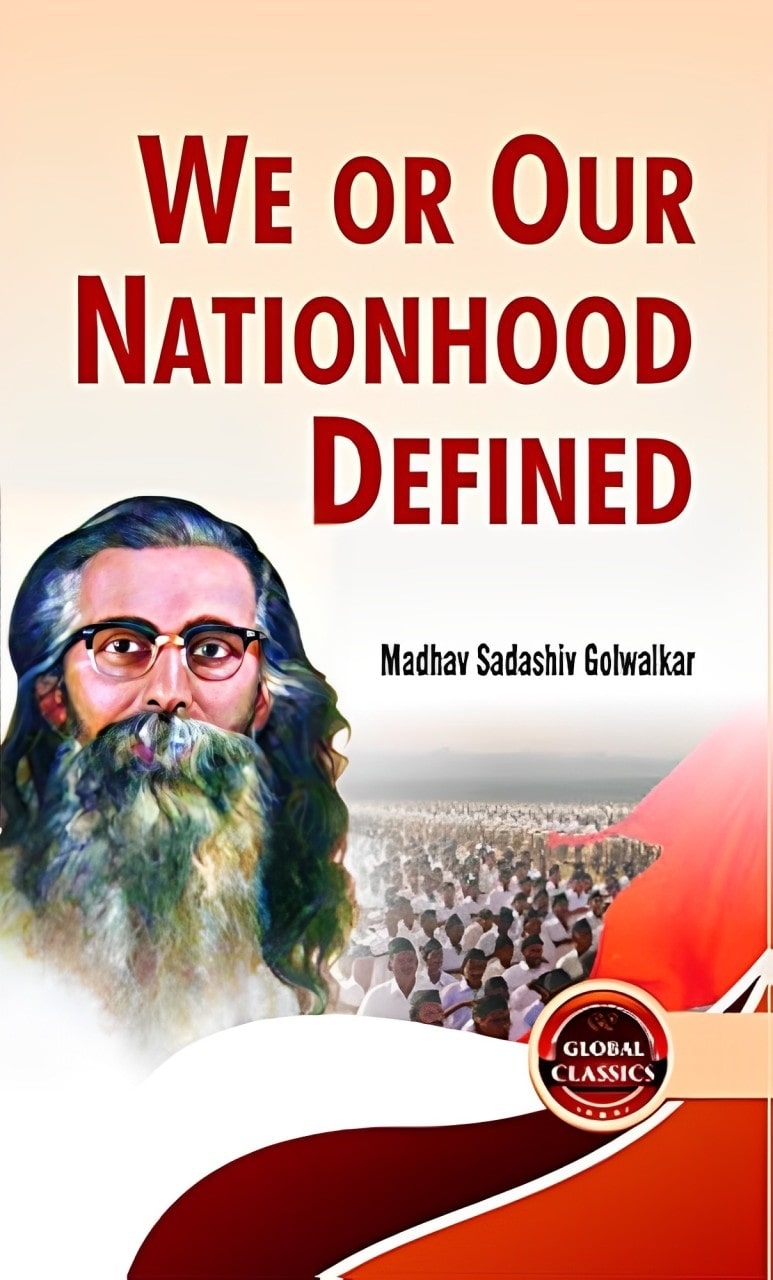
In his 1939 book, We or Our Nationhood Defined, Golwalkar's definition of the nation embodied the cultural values of India. This book has been criticised many times, but it was the first time that the concept of a Hindu Rashtra was strongly presented.
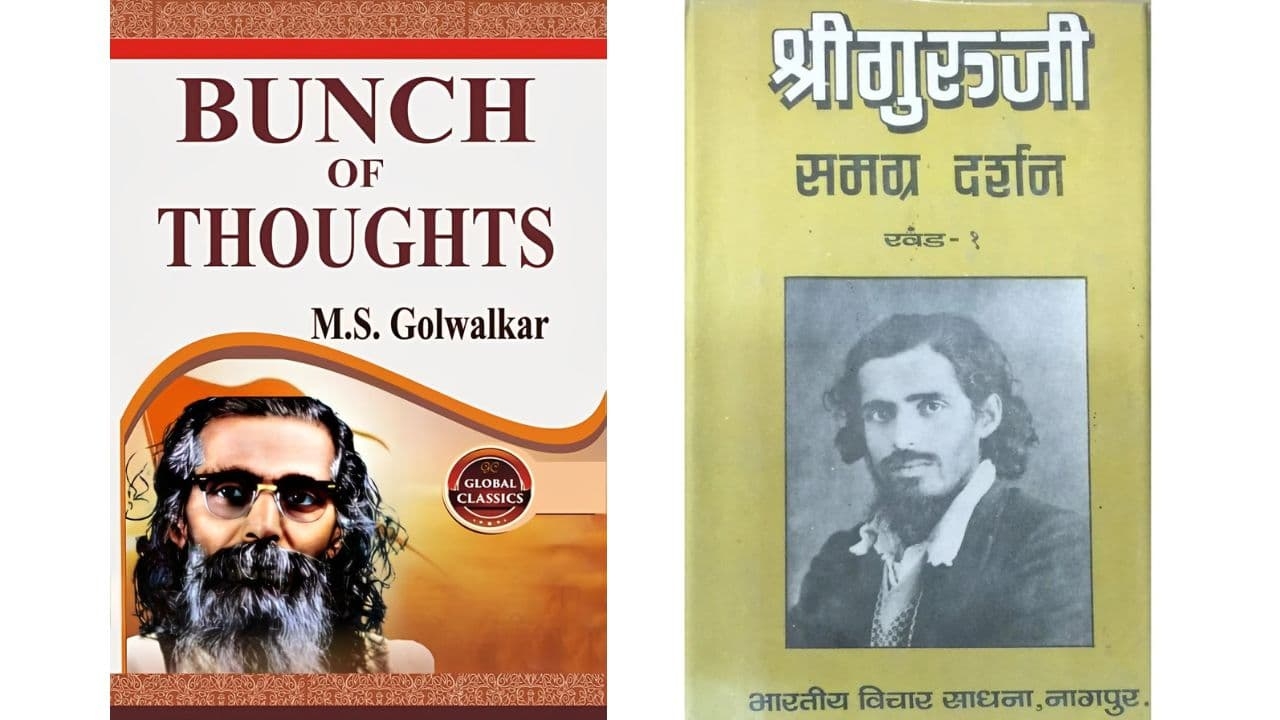
Later, in Golwalkar's Bunch of Thoughts and Shri Guruji Samagra Darshan, a systematic conception of the Hindu nation and its culture was expressed. However, these books were not written by Golwalkar himself but were collections of his ideas expressed and written by the Sarsanghchalak.
Golwalkar integrated the role of nationalism into the Hindu nation, much like how Veer Savarkar had equated Hindutva and nationalism as synonymous. Thus, the foundation of Golwalkar's nationalism is also similar to Savarkar's definition of Hindu and Hindutva.
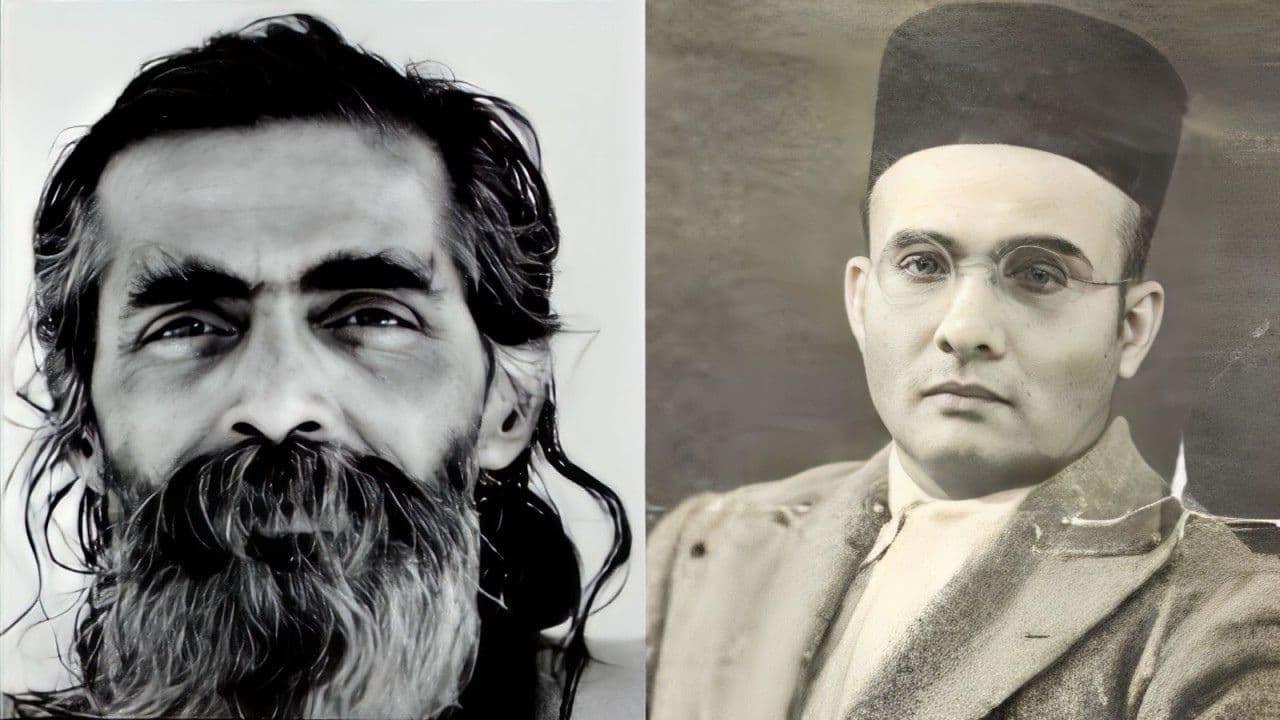
Guruji (Golwalkar) was influenced by the ideas and impact of Veer Savarkar. Savarkar deserves credit for being the first to define Hindutva in a modern context, and his book Essentials of Hindutva provided a clear definition that influenced not only Guruji but also a large section of the population at the time.
Golwalkar presented the concept of the Hindu nation on a cultural basis, where Muslims were also fully integrated into Hindu society. He equated Hindu religion and nationalism, stating that India is a Hindu nation, and all its inhabitants are Hindus, regardless of their system of worship.
Golwalkar was born on February 19, 1906, in Ramtek near Nagpur. He was the fourth child of his parents and was called Madhav or Madhu in the family. His father, Sadashivrao, initially worked in the postal telegraph department and later joined the education department as a teacher in 1908, retiring as headmaster of a high school.
From childhood, Madhav had a strong command of his mother tongue Marathi, as well as English and Hindi. His basic education was provided at home. In 1922, at the age of 16, he passed the Matriculation examination from Chanda Jubilee High School. In 1924, he passed the Intermediate examination in Science from Nagpur's Hislop College, which was run by Christian missionaries.
During his college years, Golwalkar was known as an excellent sportsman and a meritorious student. He had also acquired proficiency in playing the flute and sitar. He excelled in various sports like hockey, tennis, and the traditional Maharashtrian sport of Malkhamb, showcasing his multi-talented personality.
After completing his intermediate studies, Golwalkar was admitted to Banaras Hindu University in 1924. In 1927, he passed his B.Sc. examination, and in 1929, he passed his M.Sc. examination in Zoology with first class. During this time, he also became inclined towards spiritual life.
Upon completing his M.Sc., Golwalkar got associated with the Madras Fisheries to conduct research work on fish life. However, due to financial constraints after his father's retirement, he had to return to Nagpur in April 1929, leaving his research work incomplete. During this time, his health also started deteriorating.
Meanwhile, Banaras Hindu University offered Golwalkar the position of serving on the faculty. On August 16, 1931, he took charge as the Director of the Zoology Department at the university. Even as a Zoology professor, the university recognized his talents and provided him the opportunity to also teach English and Political Science to the students. He became very popular among the students due to his exceptional skills and abilities, and they started addressing him as 'Guruji.'
Irrespective of his primary subject, Golwalkar was always willing to teach other subjects like English, Economics, Mathematics, and Philosophy to his talented student-friends whenever the need arose. Most of his salary would get spent on paying the fees of his deserving student friends or in purchasing books for them.
Golwalkar's first contact with the Rashtriya Swayamsevak Sangh (RSS) was in Banaras, where he was working as a teacher. Bhayaji Dani tried to involve him in the Sangh's work and organisation, after which Golwalkar also started attending the local RSS unit (shakha). The swayamsevaks (volunteers) used to take Guruji's help and also organised his speeches at the Sangh premises.
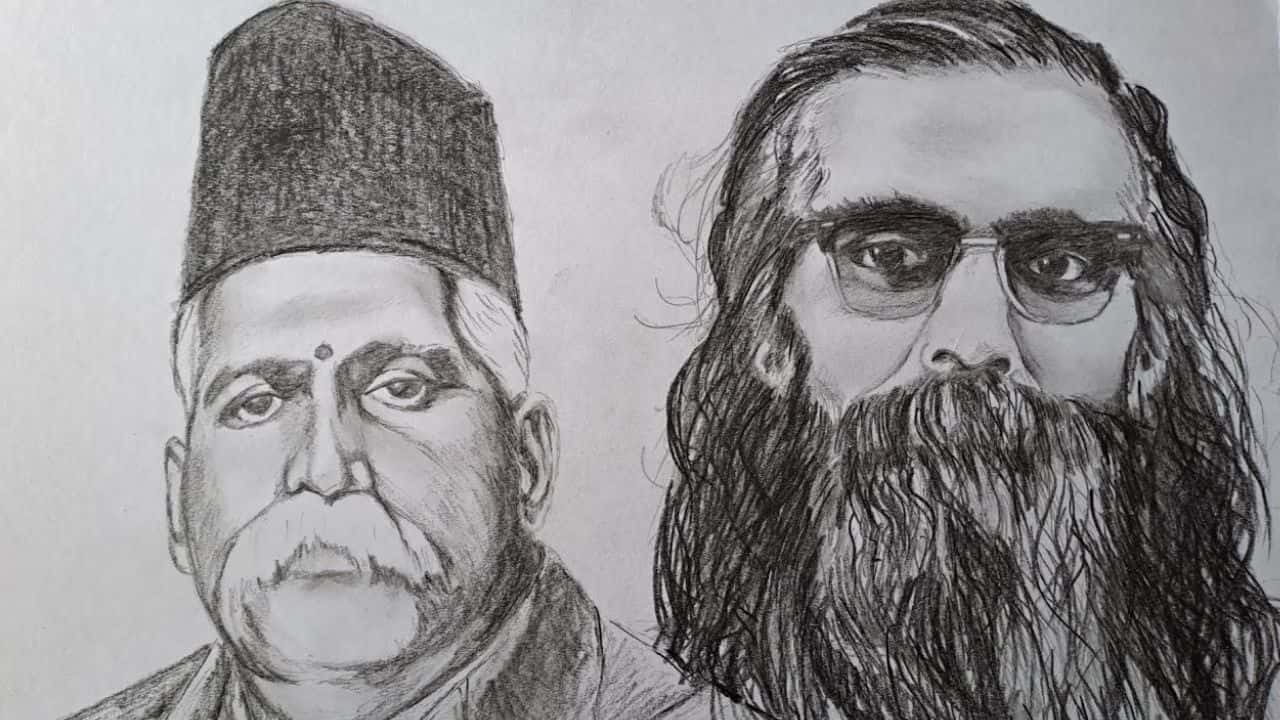
Madhav Sadashivrao Golwalkar's association with Dr. Keshav Baliram Hedgewar, the founder of the Rashtriya Swayamsevak Sangh (RSS), dates back to 1931. In 1933, Golwalkar's tenure at Banaras Hindu University came to an end, prompting his return to Nagpur.
In 1935, Golwalkar passed the law examination with distinction. Later, in late 1936, he went to the ashram of Swami Akhandananda in Sargachi, Bengal, without informing his parents, Hedgewar, or his friends. He returned in March 1937, and Hedgewar convinced him to dedicate himself to the Sangh.
Between 1940 and 1973, a span of 33 years, Golwalkar gave the RSS an all-India character and systematised its ideology. After Keshav Baliram Hedgewar, he became the second Sarsanghchalak of the RSS.
Golwalkar was a skilled organiser and an able leader who gave a new direction to the Rashtriya Swayamsevak Sangh. Under his leadership, the RSS became a well-known name across the country and developed a distinct identity in nation-building.
The Rashtriya Swayamsevak Sangh (RSS) was founded in 1925 by Dr. Keshav Baliram Hedgewar, and Golwalkar is credited with shaping its ideology and instilling faith and trust in people towards the organisation.
“In 1940, when Hedgewar was seriously ill, he handed over a piece of paper to Golwalkar, on which he had written that Golwalkar should lead the organisation. Thirteen days after Hedgewar's demise, a meeting of the top RSS leaders was held in Nagpur, where Hedgewar's wish was publicly announced, and the 34-year-old Golwalkar was made the second Sarsanghchalak of the RSS.”
While the country was struggling for independence, Golwalkar announced that he would continue to awaken and inspire Indian society at the political and intellectual levels.
After Gandhi's assassination in 1948, the RSS was banned, but the ban was lifted within six months. Under Golwalkar's leadership, the Sangh completed the mobilisation of millions of workers by 1969.
Golwalkar not only skillfully managed the Sangh's work through his extensive travels but also connected with many people from society and expanded the Sangh's network across India. His qualities and contributions strengthened the organisation in every corner of the country.
Golwalkar believed that the Rashtriya Swayamsevak Sangh's (RSS) goal is to organise, discipline, and imbue Hindus with patriotism. His biggest contribution lies in cultural nationalism, which is the fundamental ideology of the Sangh.
The India-Pakistan wars of 1965 and 1971, as well as the India-China war of 1962, were pivotal events for India, and Golwalkar's contribution during this period was very important. Through the Sangh, he tried to revive the ancient Indian Sanatan culture and traditions, undertaking more than 65 tours of the country.
By June 5, 1974, when Guruji expired, the RSS had already taken on a massive and extensive form, making it very easy for common people to associate with the Sangh. This was a testament to the ideology, principles, and discipline instilled by Guru Golwalkar, who had dedicated his entire life to the nation.
Article by
_202408051012373094_H@@IGHT_326_W@@IDTH_380.jpeg)
Siddharth Desai
Columnist - Writers For The Nation
Mumbai, Maharashtra

